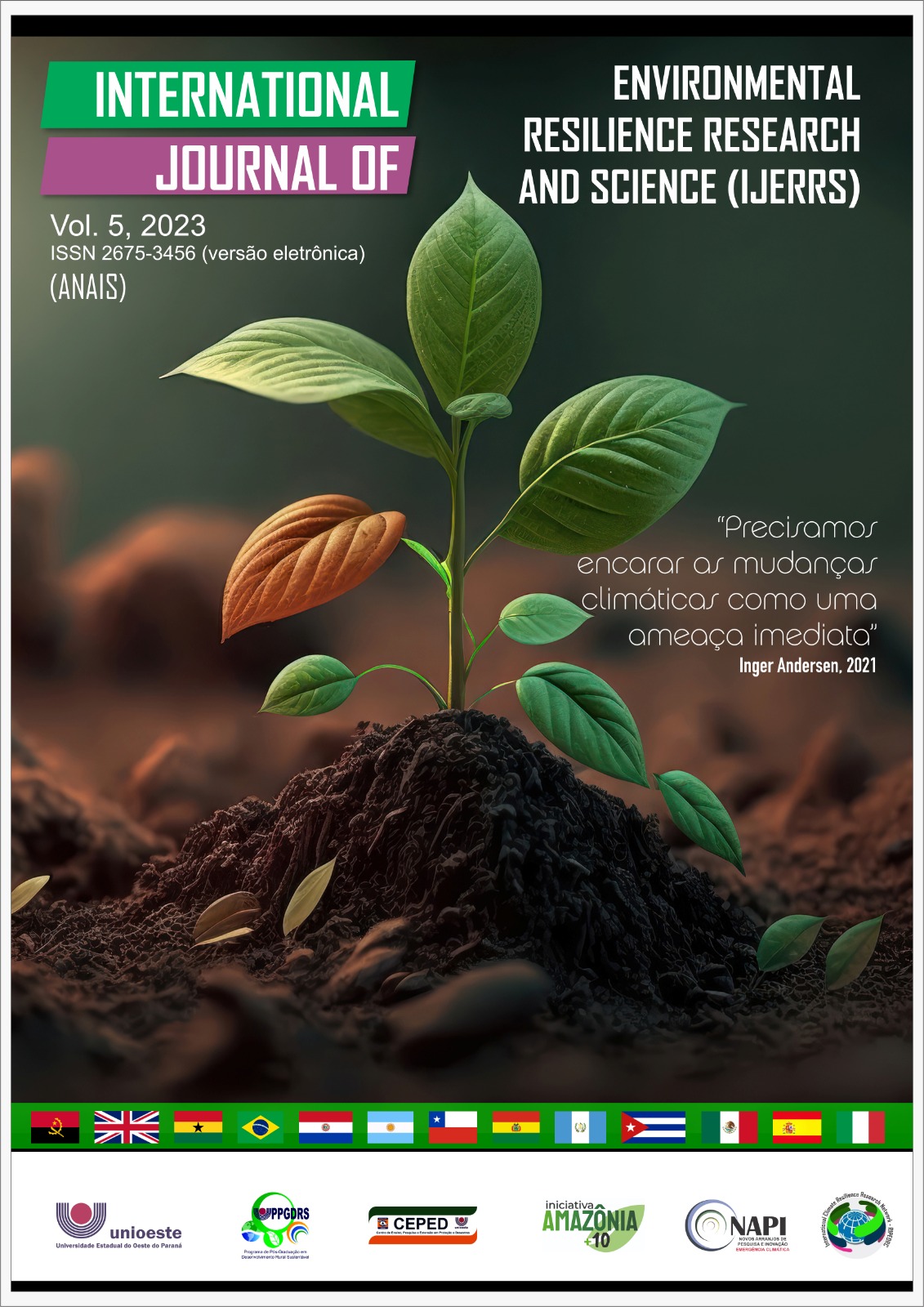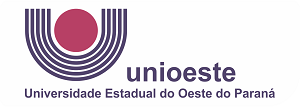El impacto de la extensión universitaria: del estudiante a la comunidad
DOI:
https://doi.org/10.48075/ijerrs.v5i3.32283Resumen
Resumen: Las universidades desempeñan un papel fundamental en la construcción del conocimiento científico. En este contexto, la extensión universitaria surge como una herramienta importante para el intercambio de conocimientos, sirviendo como puente entre estudiantes y visitantes. Las prácticas de extensión consolidan lo que los académicos aprenden en el aula, permitiendo el desarrollo de habilidades como el trabajo en equipo y la comunicación efectiva, ya que los estudiantes deben presentar los animales presentes en el lugar mientras comprenden su biología. Además, se enfatiza la importancia del conocimiento de la ictiofauna para la preservación del medio ambiente, así como el desarrollo de la responsabilidad social y ambiental que este trabajo ofrece a toda la comunidad. El proyecto del Museo LIEB recibió alrededor de 400 estudiantes durante el año 2023, la mayoría de ellos de la escuela primaria.
Palabras clave: desarrollo, conocimiento científico, ictiofauna.
Descargas
Publicado
Cómo citar
Número
Sección
Licencia
Derechos de autor 2023 International Journal of Environmental Resilience Research and Science

Esta obra está bajo una licencia internacional Creative Commons Atribución-NoComercial-CompartirIgual 4.0.
Aviso de Direito Autoral Creative Commons
Política para Periódicos de Acesso Livre
Autores que publicam nesta revista concordam com os seguintes termos:
1. Autores mantém os direitos autorais e concedem à revista o direito de primeira publicação, com o trabalho simultaneamente licenciado sob a Licença Creative Commons Attribution que permite o compartilhamento do trabalho com reconhecimento da autoria e publicação inicial nesta revista.2. Autores têm autorização para assumir contratos adicionais separadamente, para distribuição não-exclusiva da versão do trabalho publicada nesta revista (ex.: publicar em repositório institucional ou como capítulo de livro), com reconhecimento de autoria e publicação inicial nesta revista.
3. Autores têm permissão e são estimulados a publicar e distribuir seu trabalho online (ex.: em repositórios institucionais ou na sua página pessoal) a qualquer ponto antes ou durante o processo editorial, já que isso pode gerar alterações produtivas, bem como aumentar o impacto e a citação do trabalho publicado (Veja O Efeito do Acesso Livre).
Licença Creative Commons
Esta obra está licenciada com uma Licença Creative Commons Atribuição-NãoComercial-CompartilhaIgual 4.0 Internacional, o que permite compartilhar, copiar, distribuir, exibir, reproduzir, a totalidade ou partes desde que não tenha objetivo comercial e sejam citados os autores e a fonte.









